
Armoured Vehicles

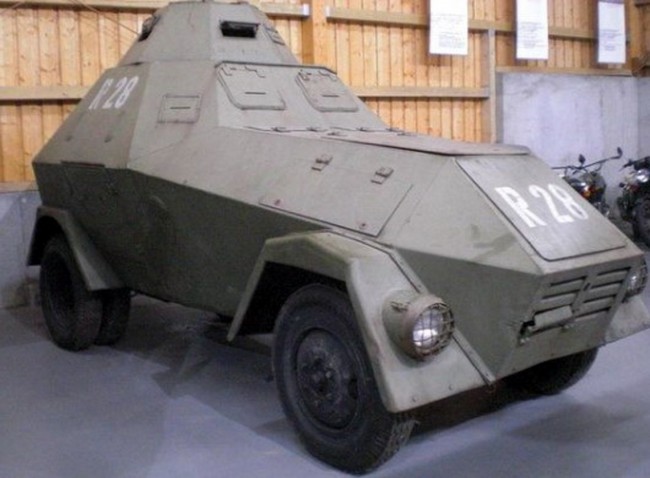
Armored protection of socialism - Sonder Kraftfahrzeug 1
The story of the creation of the only armored vehicle mass-produced in the German Democratic Republic.

Austin armored cars in Russia
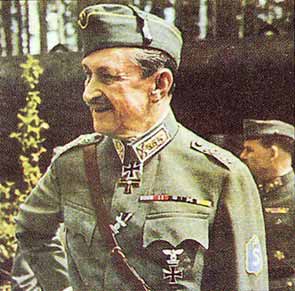
Finnish armored vehicles 1917 - 1945
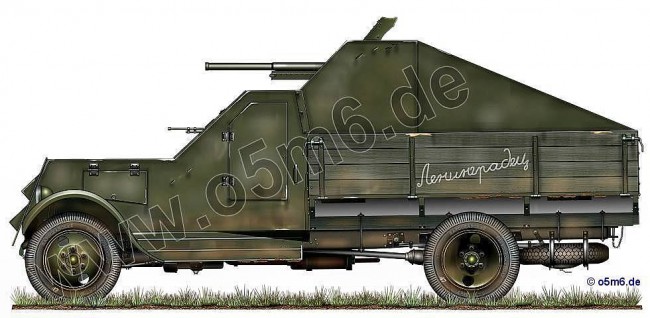
Improvised armored trucks GAZ-AA and ZIS-5 (ГаЗ-AA, ЗиС-5)
It is a sad but proven fact that most of all, human imagination is stimulated by struggle, war, conquest. And the moments of being and not being are among those when the brains are whipped to the extreme and ideas emerge that would not normally see the light of day under normal circumstances. What serious reason would reject as complete nonsense becomes not only possible in the crisis, but also directly and desirable, and then often the only possible one.
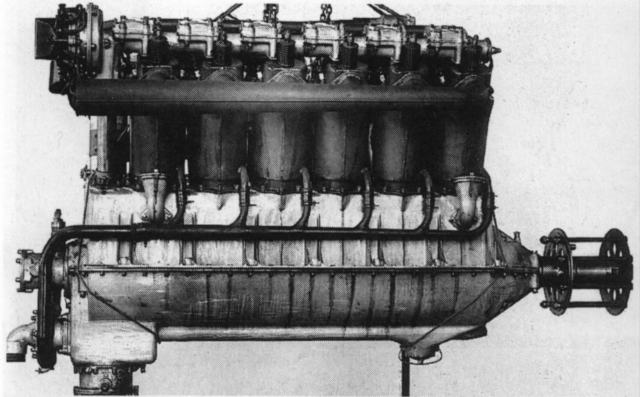
Nuffield Liberty
The Liberty engine was used by the British to power the A13 Cruiser Tank Mk.III, A13 Mk.II Cruiser Tank Mk.IV, A15 Cruiser Tank Mk.VI Crusader, A24 Cruiser Tank Mk.VII Cavalier and A27L Cruiser Tank Mk.VIII Centaur. The engine was supplied by Nuffield, unfortunately it is not clear from the available sources whether this is a new production or (more likely) a remanufacture of older stored engines.
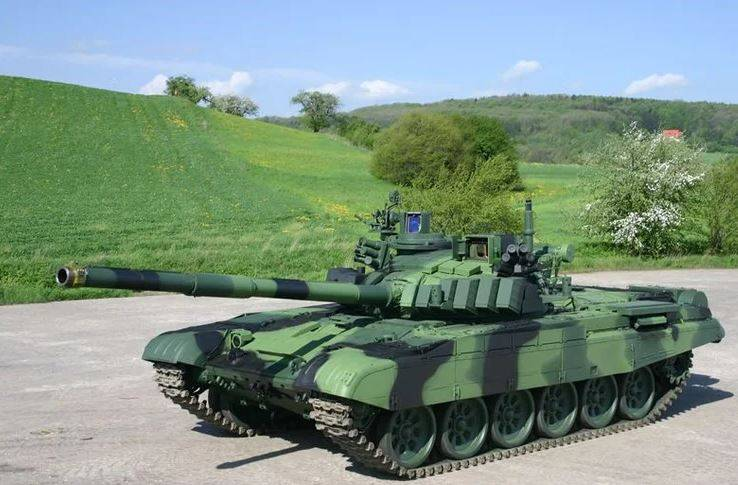
Why was the Czech modernization of the T-72 more successful than the Soviet and Russian ones?
Recently, information has emerged about the renewal of the Czech modernization program T-72, which took place in the late 90's. After that, 35 tanks for the Czech Army, which received the designation T-72M4 CZ, were modernized under this program by 2006, and the program was stopped for financial reasons. Now the Czech Republic is considering modernizing several hundred vehicles for its army and possibly for export.
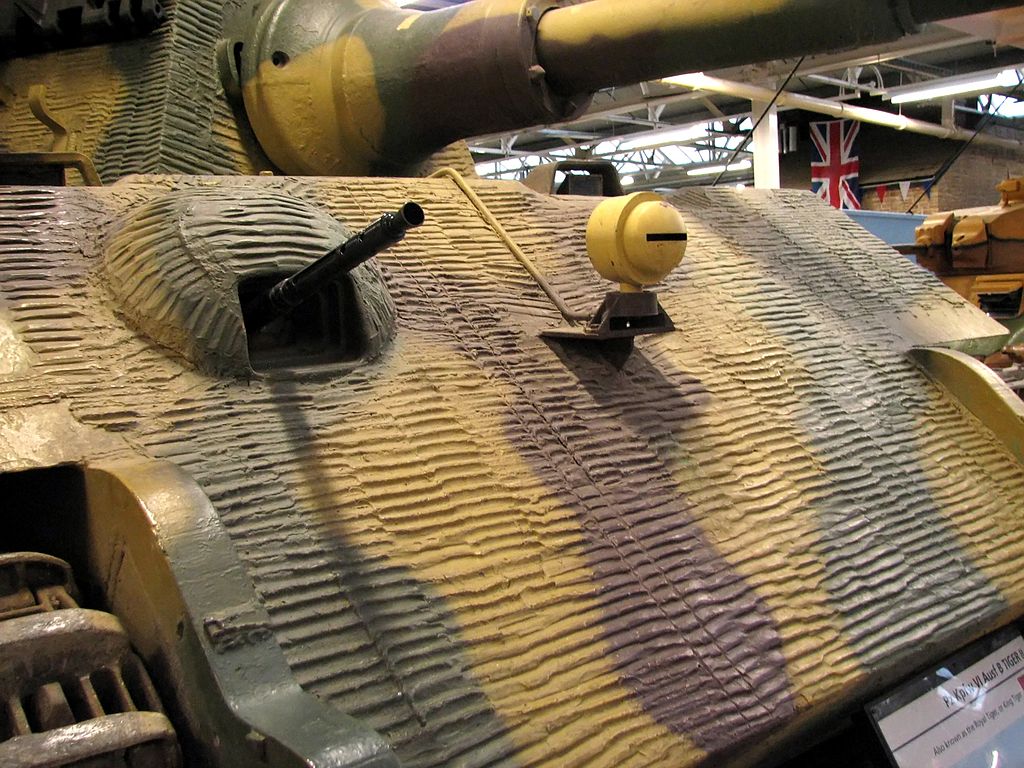
Zimmerit
Tanks
Category for tanks from all over the world, divided by countries of origin.Tank Destroyers
Category for tank destroyers from all over the world, divided by countries of origin.Armoured Personnel Carriers and Infantry Fighting Vehicles
Reconnaissance and Command Vehicles

Special Superstructures

Halftracks
Armoured Cars
Artillery Tractors and Prime Movers

Armoured Trains

Other
Join us
We believe that there are people with different interests and experiences who could contribute their knowledge and ideas. If you love military history and have experience in historical research, writing articles, editing text, moderating, creating images, graphics or videos, or simply have a desire to contribute to our unique system, you can join us and help us create content that will be interesting and beneficial to other readers.
Find out more